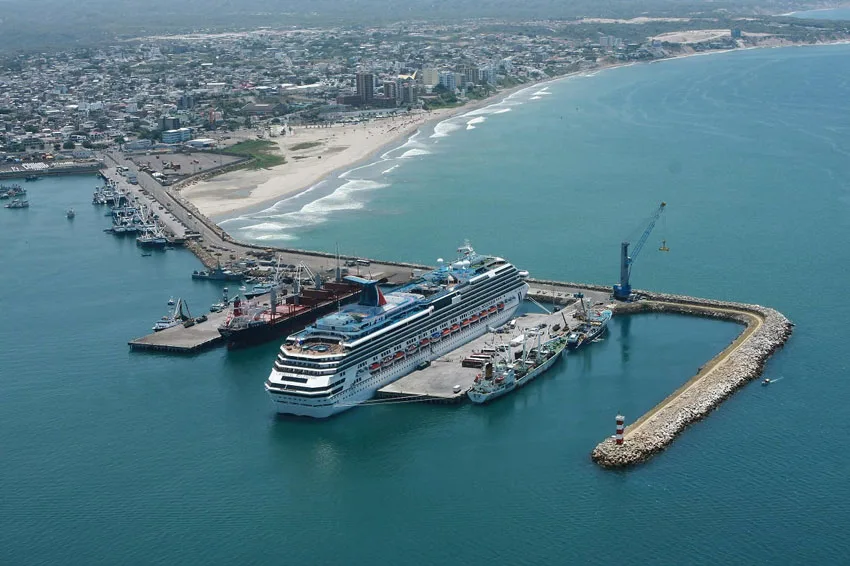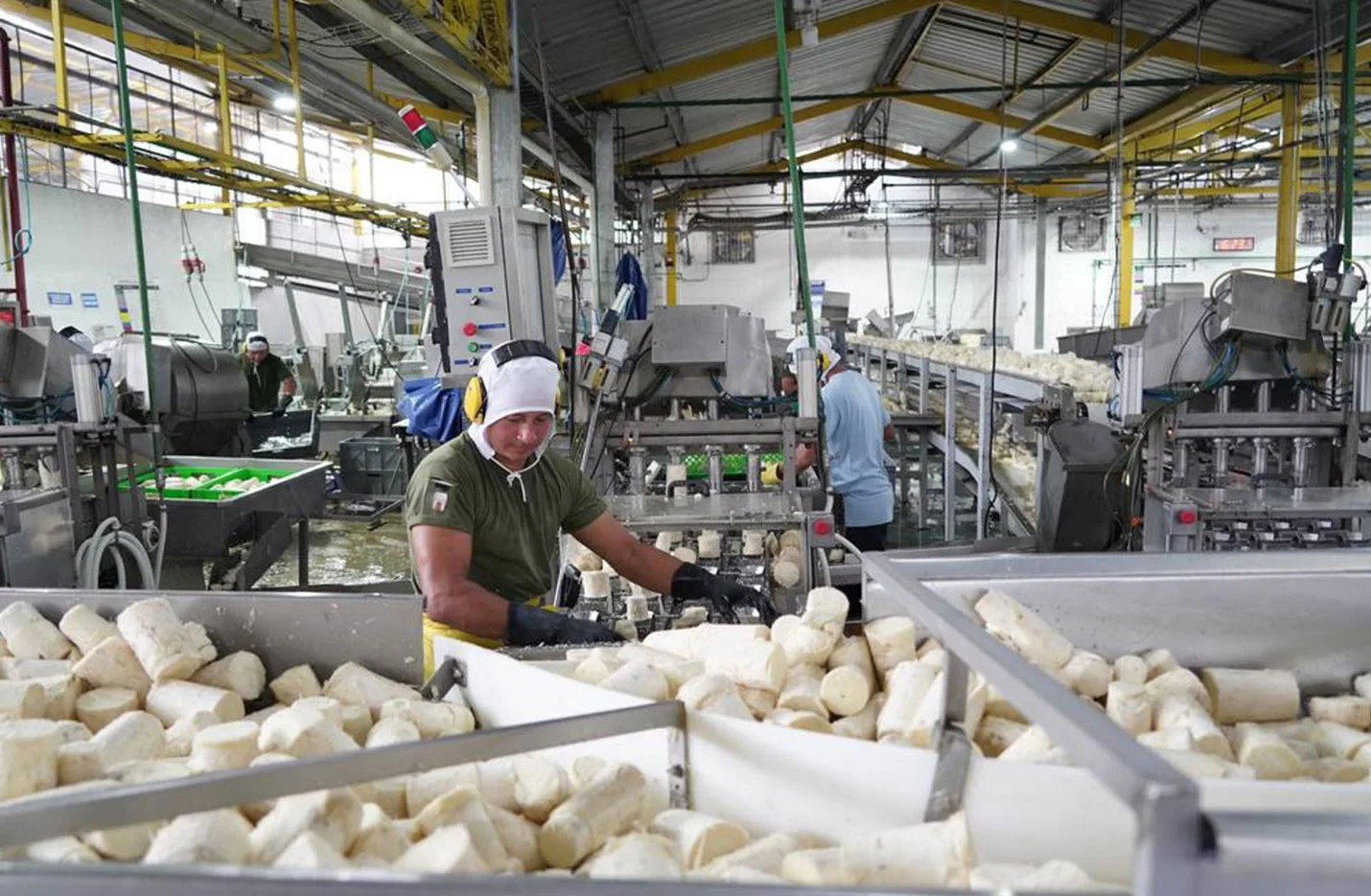For Ecuadorians and expats, it’s time to ‘shelter in place’ as Covid-19 begins its rapid spread
By Brenda Langdon
Since I wrote about pandemic preparedness measures 11 days ago, the world’s cases of the Covid-19 virus have more than doubled from 100,000 to 232,616 (as of 1:30 p.m. March 18). This, unfortunately, is not a drill and we are collectively experiencing the world’s greatest health crisis of modern times. In turn, the crisis has triggered several related crises, ranging from economic turmoil to border closures to high levels of workforce and employment disruption.
related crises, ranging from economic turmoil to border closures to high levels of workforce and employment disruption.
Around the world, life as we have known it has changed. Millions of employees are working remotely from home. School closures are widespread. And many health systems are overwhelmed, including those in major European countries like Italy, Spain, and now Germany. The epicenter has moved and may now be shifting to the U.S. as well as Europe.
In Ecuador, we’re now in a “sheltering in place” self-isolation mode. As of last night, there’s a curfew from 9 pm to 5 am, and strict restrictions placed on daily movements. In the last 11 days, Ecuador’s confirmed cases have risen from 6 to 155 (again, as of 1:30 p.m. March 18) as well, with cases in Guayas (119), los Rios (10), Pichincha (8), Manabi (8) and Azuay (5), among others. Nearly 700 additional cases have been tested, of which 235 are considered “suspicious” pending test results. At this rate of exponential growth, we can expect thousands of cases within a few weeks.

Brenda Langdon, a Cuenca expat, has served as a United Nations Technical Advisor for Pandemics and Emerging Infectious Diseases.
Just how many cases is a matter of mathematics. In the U.S. at the moment, the number is doubling every two days. Even if you start out with low numbers, the cumulative number soars very quickly with exponential growth. So, with our 155 cases in Ecuador, if we use the U.S. growth rate, that could translate into 158,720 cases in three weeks. The U.S. growth rate may be impacted by the delays in testing, so it’s hard to know whether its growth rate is genuine or reflects a surge in late testing, or some combination of both. If we could hold detected coronavirus cases to doubling once every three days in Ecuador, it would amount to 19,840 in the same three weeks – a huge difference! How, you ask? Social isolation.
Consider the case of Italy – the first case was reported January 31 and now, six weeks later, confirmed cases exceed 187,000 and there have been 2,978 fatalities, 475 of them on Wednesday alone.
A very important variable in how serious the pandemic becomes is how many others each infected person infects. If we can hold it to 2 or less, there’s a much better chance of reducing the impact. (This is the R0 factor in statistics, which predicts the severity of outbreaks and estimated cases based on the number of people one infected person can infect. The global average with Covid-19 is 2.2.)

Credit: La Voz del Tomebamba
The world is focused on “flattening the curve”, which essentially means trying to influence the course of the pandemic by aggressive social isolation measures that prevent all the cases from happening at once and to spread them out over time, to give health professionals a chance to respond (in Italy, high fatality is caused by so many simultaneous cases and the inability of the normally-excellent health care system to treat everyone simultaneously).
In Ecuador, the approach the government is using, one of aggressive isolation and border closure, is really directed at this central aim. Essentially, the model is similar to those used successfully in Singapore, South Korea, and China, where, in fact, the cases are leveling off from sustained community-to-community transmission, although there are still imported cases from travelers.
Your role in the crisis is critical and can save lives. Your first goal should be not to get the virus. And this virus is not something you can see. In fact, 100 million particles of Covid-19 can fit on a pinhead and it only takes a few particles to get you infected. Then, once it enters your body, it will try to hijack living cells, and replicate itself, sending out thousands of copies. To avoid getting the virus, take preventive measures very seriously and strictly adhere to government measures. Don’t take chances.
 If you do get sick, your survival will depend on the quality of care and the availability of facilities, such as quarantine rooms, respirators, test kits and personal protective equipment, as well as accessible health practitioners. According to the Minister of Health, Dr. Catalina Andramuño, while Ecuador is trying urgently to import two million test kits, only 3,000 were available in-country Wednesday and only 668 tests have actually been administered. And, between public and private hospitals, there are about 600 to 700 beds that could be used for virus treatment nationally. There are only about 60 respirators available in Cuenca so if everyone gets sick at the same time, there won’t be enough to go around.
If you do get sick, your survival will depend on the quality of care and the availability of facilities, such as quarantine rooms, respirators, test kits and personal protective equipment, as well as accessible health practitioners. According to the Minister of Health, Dr. Catalina Andramuño, while Ecuador is trying urgently to import two million test kits, only 3,000 were available in-country Wednesday and only 668 tests have actually been administered. And, between public and private hospitals, there are about 600 to 700 beds that could be used for virus treatment nationally. There are only about 60 respirators available in Cuenca so if everyone gets sick at the same time, there won’t be enough to go around.
This is the situation that Italy finds itself in today, and doctors must make painful decisions as to who receives treatment and who doesn’t. At this stage, the world over, everyone is scrambling for supplies. We also must try to protect the trained medical workers, who number about 14,100 in Ecuador for a population of 17.6 million.
What is tricky about this virus, and makes it different from other viruses is that (1) infected people have no symptoms for days, so they can easily and unknowingly infect others – an important reason to stay at home; (2) then, in about 80% of people it starts as a cough/cold and can easily be confused with flu or gripe; (3) even if you don’t have symptoms and don’t develop the disease, you can be a carrier; (4) in the early stages, the virus itself tends to be concentrated in the upper throat, so when we cough or sneeze, it can easily be transmitted; (5) it has a disproportionately heavy impact on older people and those with underlying conditions, whereas children, to this point in time, have had relatively little disease. The situation for young adults and those in their 30s, 40s and 50s, may be changing. Countries like France are reporting many more serious symptoms in younger age groups who require ICU treatment. In some cases, infected young adults have had permanent lung damage and other long-term consequences.
Finally, how long will this last? I’m sure this is not the answer you want to hear, but leading scientists, including 15 on the European Union’s Coordinating Advisory Team, expect the pandemic to take about two years to run its full course. How long it takes for us in Ecuador depends largely on the behaviors and practices we adopt now as a society, as does the number of lives we lose.
___________________
Brenda Langdon is a Canadian who has worked in the humanitarian field and lived in 11 countries over 40 years, including Ecuador since 2014. After working with UNICEF on the Indian Ocean tsunami from 2005-2007, she was appointed as UN Technical Advisor for Pandemics and Emerging Infectious Diseases and coordinated a joint response among WHO, FAO, UNICEF and the Indonesian government to address the lethal avian influenza and rabies epidemics. She lives in Cuenca.

















